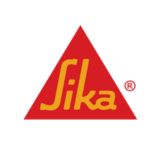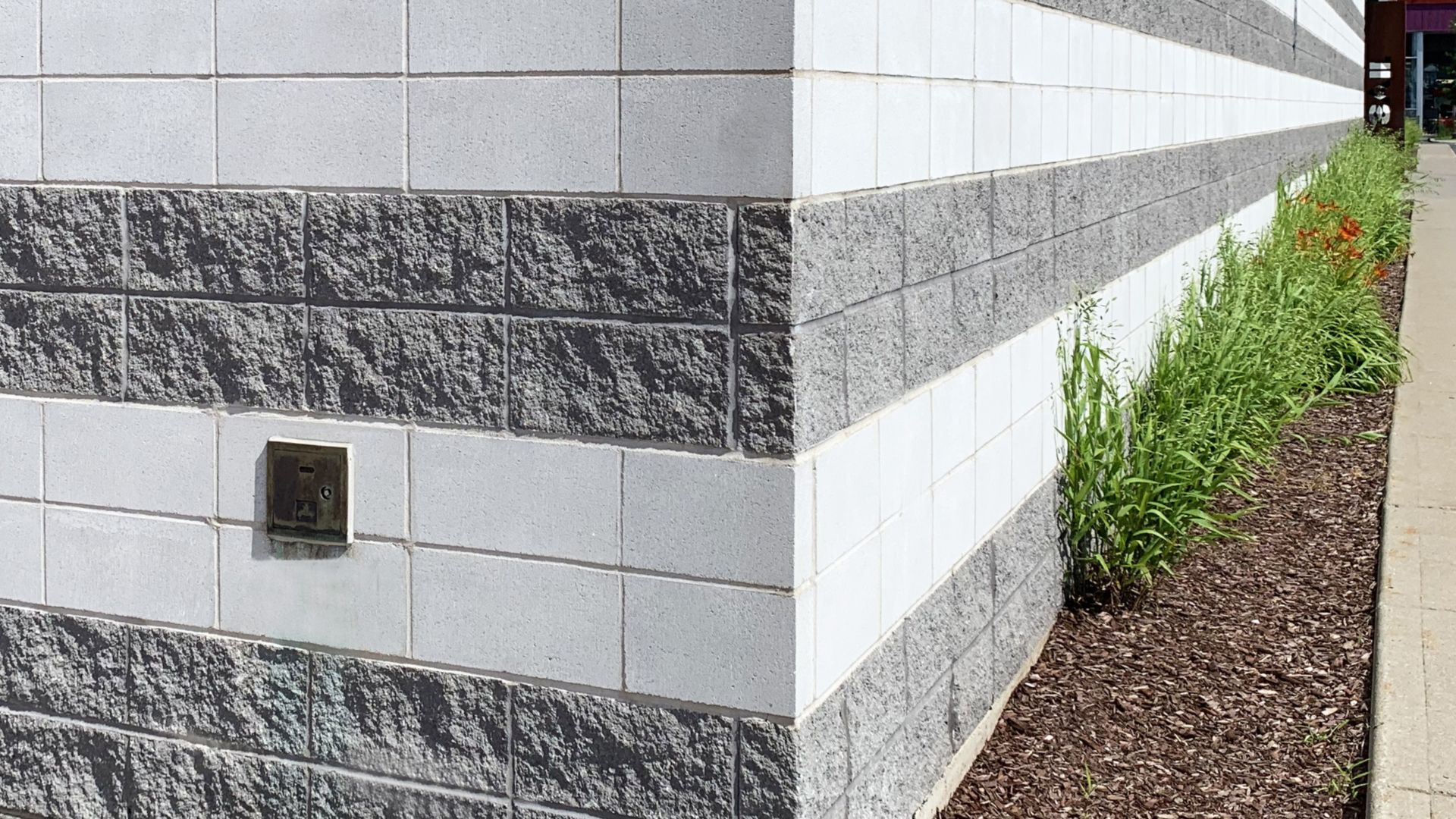BRICK OR STONE CONCRETE
MAIN FEATURES
■ Outdoor application
■ Aboveground application
■ Exposure to rainwater
Installation of masonry elements demands the use of a mortar that is weaker in terms of compressive strength than the masonry unit itself. The mortar used must also conform with the light movements of the facing without deforming. Last, the mortar selected must be more permeable to water vapour than the masonry units to be installed.
Installation of any exterior facing is particularly important, since the facing is the first defence against water infiltration. One of the roles of mortar is to effectively manage rainwater flowing over the facing. Since our Canadian climate involves numerous freezing and thawing cycles, it is important that minimal water remain in the facing when the first freezing cycles occur.
To this end, mortars containing lime have long proven effectiveness. Furthermore, Canadian standard CSA A 179-14 indicates that a mortar rich in lime will likely resist water penetration better and reduce cracking (CSA A 179-14, pg. 44).
TIP
Concrete brick units often have a low absorption rate. Therefore in order to reflect this characteristic, it is not uncommon for the mason to adjust the required amount of water.
Recommendations
TYPE OF MORTAR RECOMMENDED:
■ Mortar requiring not much constraint: TYPE N
■ Mortar recommended outdoors: King® 1-1-6
■ Mortar recommended indoors: King® 1-1-6 or King® MasonGo 100
■ Mortar requiring medium to high constraint: TYPE S
■ Mortar recommended outdoors: King® 2-1-9
■ Mortar recommended indoors: King® 2-1-9 or King® Block

